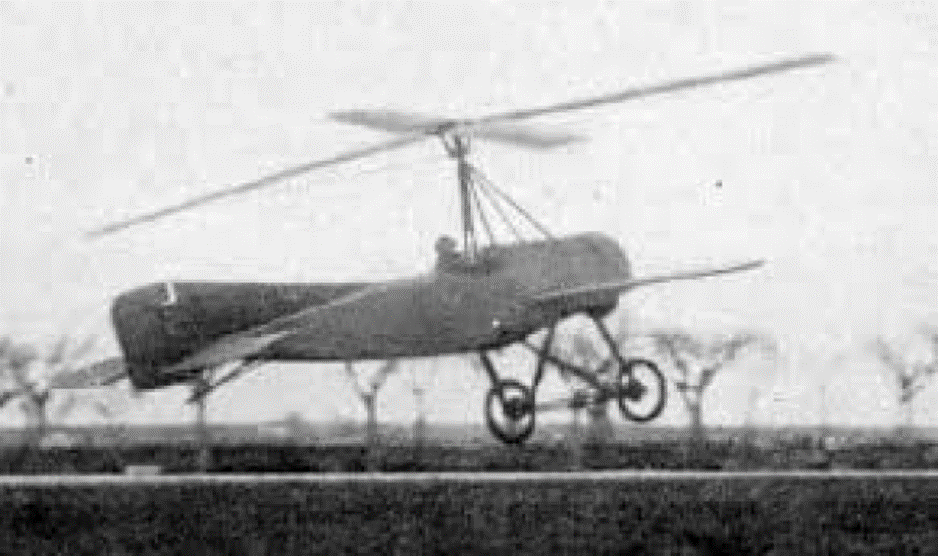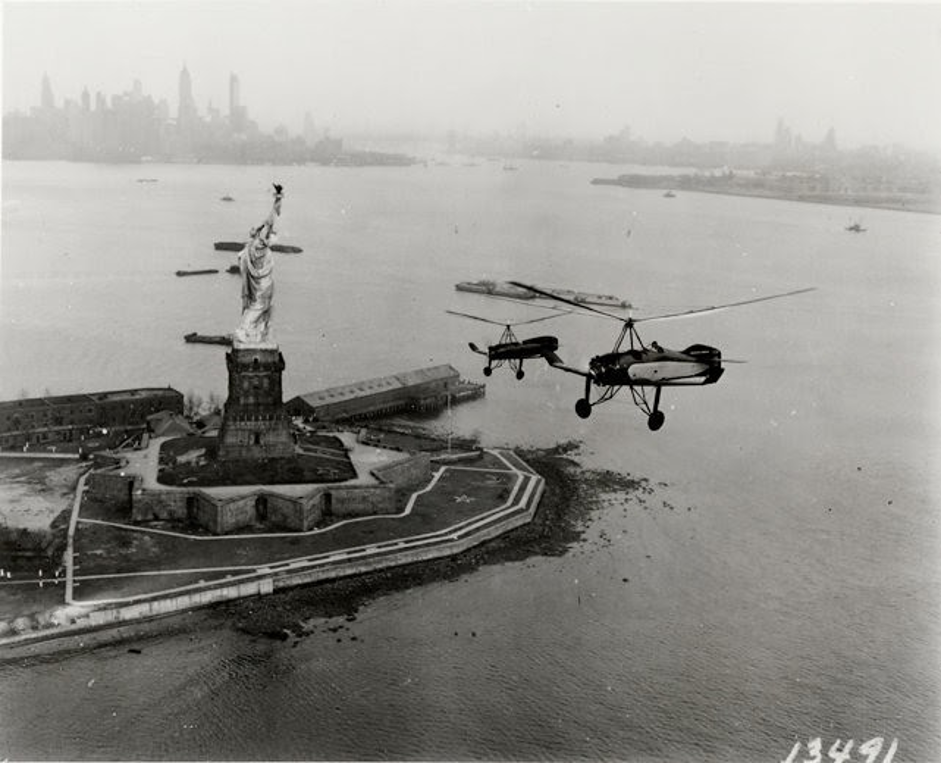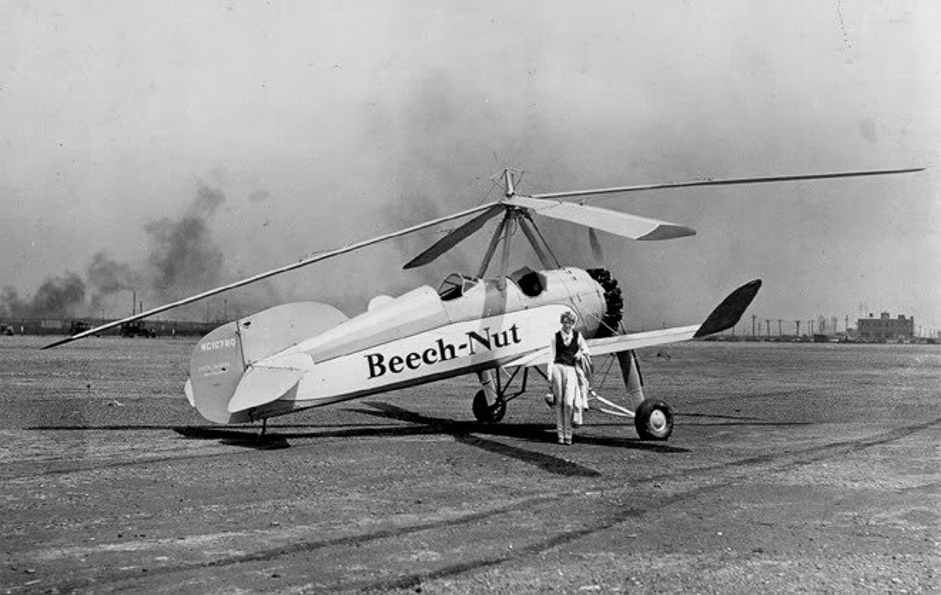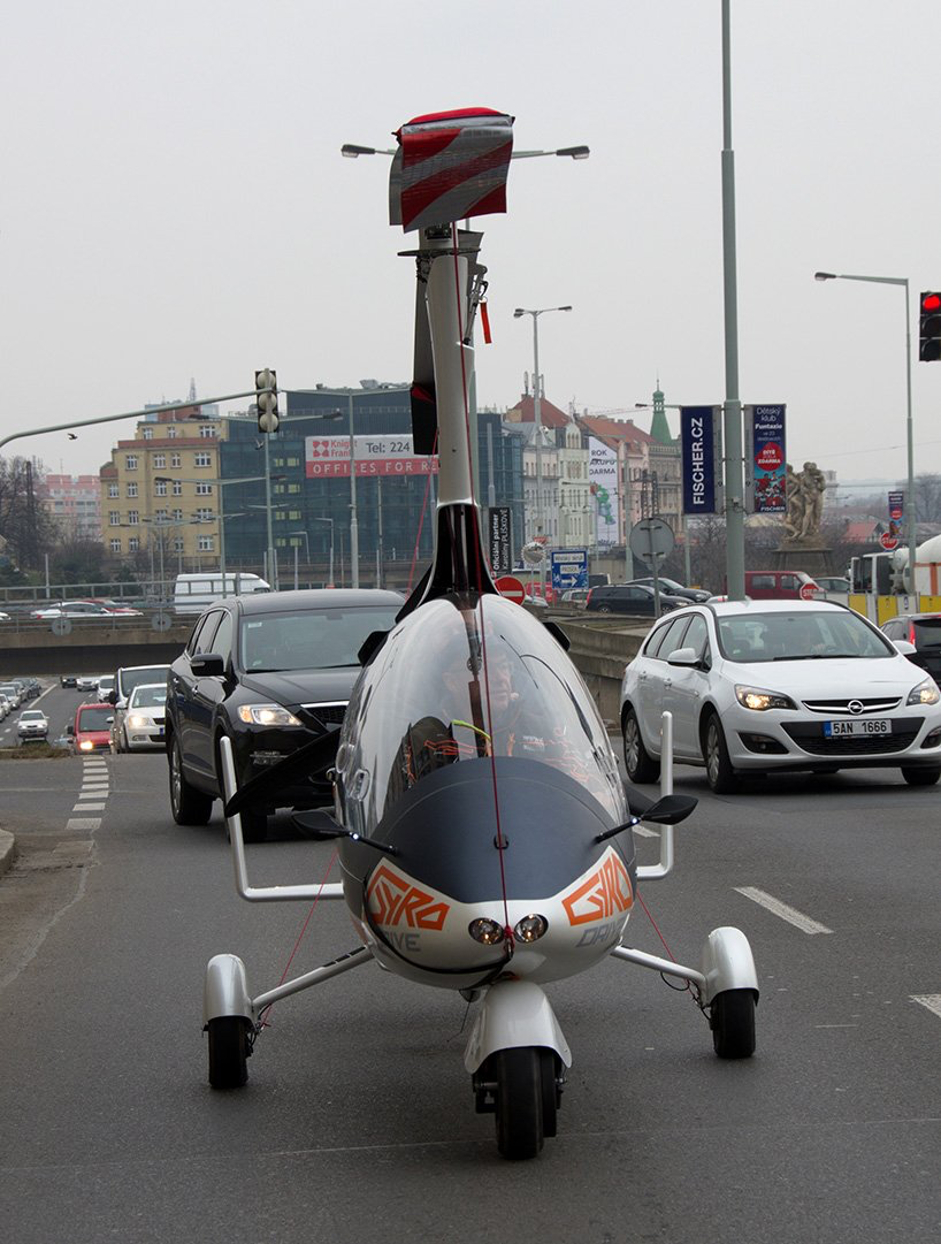Autogyro: The Finest Form of Mobility
The Beginning of Autogyro
Autogyro, predecessor of today’s gyrocopter, became popular during the 1930s and 1940s as the first successful rotary-wing aircraft. Its name was derived from the self stabilization accomplished by a four-bladed horizontal screw turned by wind produced in sky. Initial testing began in 1920, and it first successfully flew in 1923. As described in Fortune magazine (March, 1936) it was “the only basic contribution to the art of flight since the Wright brothers rode a biplane into the air in 1903”.
Who Invented the Autogyro?
Video 1. Ken Wallis showing us how to fly
Autogyro was invented to solve the main issue: How to design an aircraft that won’t crash from the engine stalling? This question was prompted by the failure of Cierva’s project. In 1919, Cierva entered an aircraft design contest producing a large three-engine bomber, piloted by Captain Julio Ríos Argüeso, crashed in its initial flight due to the engine stalling.
However, Cierva was passionately committed to developing a safe means of air travel that he didn’t give up. Between 1920 and 1923 he progressively developed autorotation in a series of models, the C.1, C.2 and C.3, but it would be his fourth model that would conquer the air. His designs served as the basis for all future rotary wing aircraft and were later licensed to companies in the UK, the US and elsewhere.

Future Flying Cars
In the later years, stunning aircraft was produced in America by Cierva-licensee Harold F. Pitcairn. In February 1929, Pitcairn purchased the U.S. rights to Cierva’s inventions and the autogyro patents, and established the Pitcairn-Cierva Autogiro Company for licensing its manufacture in the United States. The autogyro had a few years of popularity in the States.


Flying Cars in the Present
A gyroplane renaissance began in Europe in the 2000s, due to advancements in design and more favorable regulations that permitted the sale of factory-completed aircraft to European customers. Gyrocopters turned out to be easy to manoeuvre and possess extremely low operating costs. The cost of operating a gyrocopter is around €80 to €120 per flight hour. Thus, they are perfectly suited for leisure flights across Europe. Consequently, in 2003 in Germany, autogyros were allowed to be registered as ultralight aircraft.
Nowadays, several manufacturers are producing aircraft at high rates that would astonish many helicopter makers and compete in the owner-pilot market. Today’s prominent gyroplane manufacturers include Skyworks Global, AutoGyro, Magni Gyro, ELA Aviación and Silverlight Aviation, and seem capable of producing well-engineered products.
Autogyros are still mostly used in recreational flying, nature observation and sightseeing, but also increasingly in law enforcement and for surveillance flights. According to ARTS: “The police in Brandenburg, Germany, assessed an AutoGyro MT-03 in 2007 for traffic monitoring as well as search and pursuit operations.“ Moreover, gyros play a big role as an inspiration in the game industry. For instance, an open-world game “7 Days to Die”, included gyrocopter within its vehicles.
Sebastian Thrun is Juan de la Cierva of the Modern Age?
In 2010 Sebastian Thrun launched Kitty Hawk. It’s a startup that is testing two personal airborne vehicles — Cora and Flyer, which would essentially be future flying cars. As described in WIRE: “It’s the kind of vehicle that anyone can learn to fly in 15 minutes. The computer does all the hard work, so the human is just left to do the things that people are really good at. Look out the window, decide where you want to go, and just point the stick to where you want to go, and land.”
Media is getting more involved into the whole story. Hence, designboom published that Nirvana autogyro’s gyrodrive becomes world’s first street legal flying car.

Autogyros have drawn special attention of Uber and other air taxi startups. Uber decided to contract with manufacturers and help coordinate efforts to work out regulation, build infrastructure, and develop an air-traffic management system. A company Jaunt Air Mobility is the newest airframe partner with Uber, which is attempting to define and dominate the aerial ride-sharing concept called urban air mobility (UAM). Once that’s all settled and companies start delivering aircraft, Uber would pull them into an urban “on-demand aviation” service.
Learn how to fly with gyroplane with gyrocopter training!
The Future Is All Blue Sky
Autogyros marked a departure from conventional fixed wing aircraft and an attempt to fill a role that airplanes couldn’t. They were the first successful rotary wing aircraft to fly. It’s surely going to be very interesting to follow their future development. While the ground infrastructure of roads is one dimensional, the sky is three-dimensional, and much larger. The ground is getting more and more crowded. And, making personalized flight available to more people really opens up a set of new experiences. It looks like the dream of flying cars is starting to become reality!
We hope you’ve found this article helpful.
What We Do
